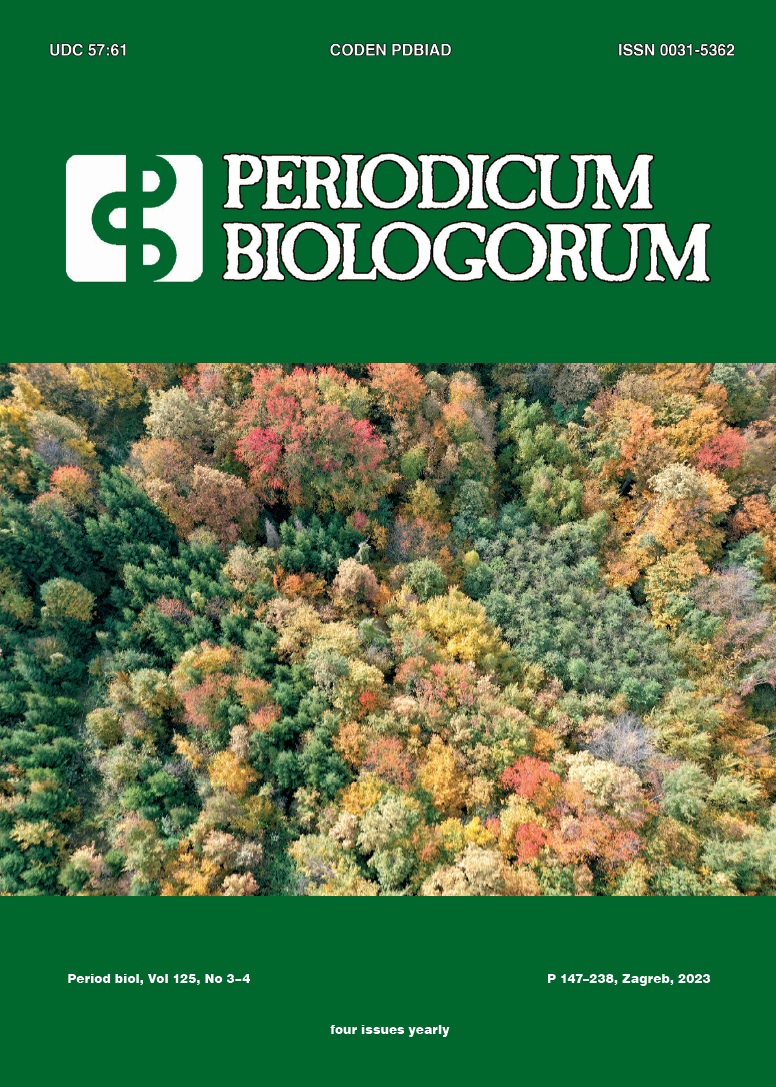Changes in apoptosis and adipokine biomarkers in the heart tissue of rats with experimental hyperthyroidism
Cardiac tissue and hyperthyroidism
DOI:
https://doi.org/10.18054/pb.v125i3-4.24760Abstract
Background and purpose: This study aimed to investigate the effects of hyperthyroidism on heart tissue through adipokines and apoptotic signalling pathways.
Materials and Methods: A total of 14 Sprague-Dawley male rats were assigned to 2 groups, a control and a hyperthyroid group. The control group received 0.9% NaCl, while the hyperthyroid group received 1 mg/kg levothyroxine dissolved in 0.9% NaCl throughout the study. Thyroid-stimulating hormone (TSH) and free thyroxine (FT4) levels in serum samples, whereas fibronectin type III domain-containing protein 5 (FNDC5), adiponectin, B-cell lymphoma-2 (Bcl-2) and tumour protein 53 (p53) levels in heart tissue were determined by ELISA method.
Results: Serum TSH level decreased (p<0.01) while the level of FT4 significantly (p<0.01) increased in the hyperthyroid group compared to the control group. The level of adiponectin in the cardiac tissue of levothyroxinetreated rats was found to be significantly higher than in the control group (p<0.01). Additionally, compared to the control group, the antiapoptotic Bcl-2 level increased (p<0.05) while the proapoptotic p53 level decreased in the hyperthyroid group (p<0.01).
Conclusions: In this study, the effects of hyperthyroidism on hormone levels, which are important regulators of energy and metabolic homeostasis, and changes in apoptosis markers were revealed in heart tissue. We consider that apoptosis was potentially prevented by activating mechanisms in order to protect cardiac functions in the beginning, but this scene may be reversed in progressive hyperthyroidism cases. Therefore, their pathways need to be supported by more detailed and time-compared studies.
Downloads
Published
Issue
Section
License
The contents of PERIODICUM BIOLOGORUM may be reproduced without permission provided that credit is given to the journal. It is the author’s responsibility to obtain permission to reproduce illustrations, tables, etc. from other publications.


